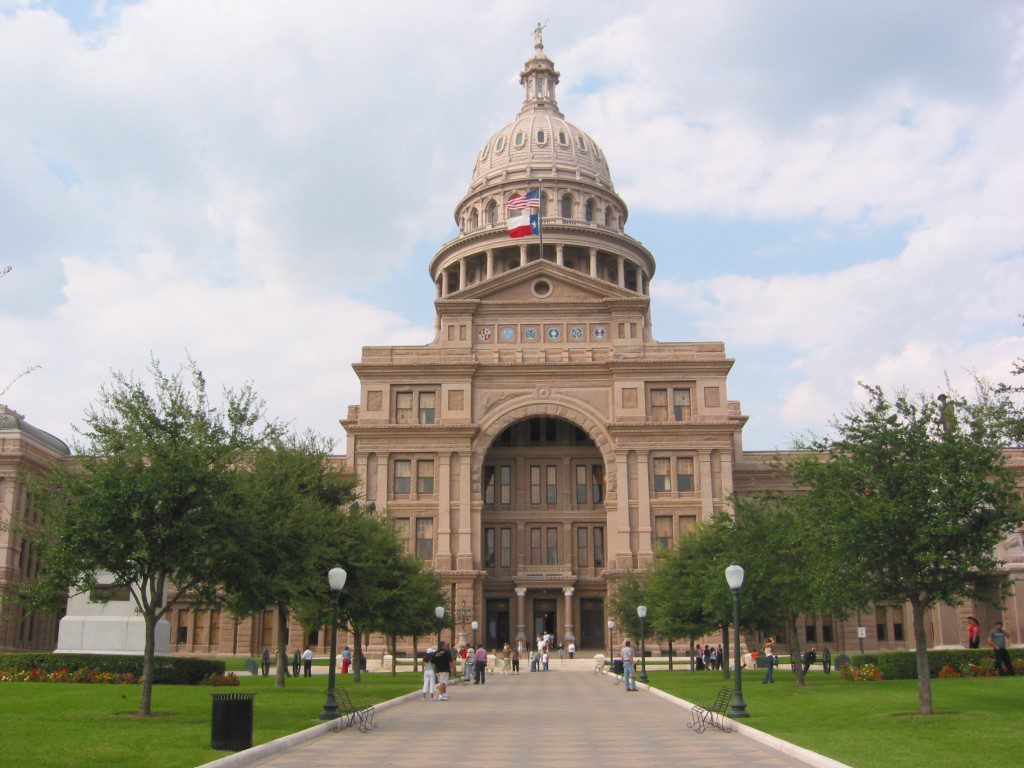
By Lauren Fairbanks and J Pete Laney
TAD Governmental Affairs
As the dust settles after the Nov. 5 General Election, one thing is clear: Texas continues to be a bright red state, with no major surprises at the top of the ticket. Down-ballot, the Texas Legislature became even more “red,” with three seats – all in South Texas – flipping from Democrat to Republican, one in the Senate and two in the House.
With the election over, the pace at the Capitol is picking up in preparation for the 89th legislative session that starts Jan. 14. Legislators and legislators-elect started filing bills on Nov. 12 and can until the March 14 deadline. Your Texas Association of Dairymen governmental affairs team will be monitoring the thousands of bills that will be filed to determine which will impact the Texas dairy industry, agriculture, rural areas and other areas and issues of interest to TAD. You’ll find reports in upcoming TAD newsletters and also on TAD social media platforms Facebook and Twitter.
Key election takeaways
President-elect Donald Trump (R) handily defeated Vice President Kamala Harris (D) in Texas and that momentum carried incumbent Sen. Ted Cruz (R) across the finish line in the U.S. Senate race where he faced a challenge from Democrat Congressman Colin Allred (TX-32). Incumbent Railroad Commission Chair Christi Craddick (R) also soundly defeated her challengers.
In the Texas Senate, SD 27 was the only competitive race on the ballot. Incumbent Sen. Morgan LaMantia (D-Palm Valley) and challenger Adam Hinojosa (R) of Corpus Christi were neck and neck all night, but ultimately LaMantia was unable to hold onto her seat, flipping this South Texas Senate seat from D to R.
With that one-seat change, the makeup of the Senate going into next session will be 20 Republicans to 11 Democrats. Two new Senate members will fill the open seats of retiring members, but the political affiliation of the seats will not change. Democrat Molly Cook will replace John Whitmire (D-Houston), who retired earlier this year and won the Houston mayoral election, and Republican Brent Hagenbuch will fill the seat of Drew Springer (R-Muenster), who decided not to run again.
In the Texas House, less than a dozen seats were considered very or somewhat close in terms of whether the incumbent party could hold the seat. In many of those races, Republicans from urban districts were hoping to win in communities where Democrats have become more competitive in recent elections and ultimately, those incumbent Republicans in suburban districts won their reelection bids.
Two open seat races flipped from Democrat to Republican. Denise Villalobos (R) beat former state Rep. Solomon Ortiz, Jr. (D) to replace retiring Rep. Abel Herrero (D-Robstown). Republican Uvalde Mayor Don McLaughlin will fill the seat vacated by retiring Rep. Tracy King (D-Uvalde) after defeating Democrat Cecilia Castellano.
The makeup of the Texas House has now shifted from 86 Republicans and 64 Democrats before the election to 88 Republicans and 62 Democrats. The House will have 32 new members (although Rep.-elect Alan Schoolcraft (R-McQueeney) previously served).
Shift in demographics for Republicans
Republicans scored major victories in Texas on election night winning key races in historically Democratic areas in South Texas and the Rio Grande Valley.
Trump’s success in areas along the Texas-Mexico border made national headlines. For the first time since the 1890s, Starr County voted Republican, with a swing of +76 points from 2020. In 2016, Trump earned just 18.94% of the vote in Starr County. Starr County has a Hispanic population of 97%.
The “blue line” of the Rio Grande Valley has all but vanished. In addition to Starr County, Trump in 2024 carried Cameron, Hidalgo and Willacy counties.
Republican success in heavily Hispanic areas was not limited to the presidential race – those areas also are home to the three legislative seats that changed from Democrat to Republican.


